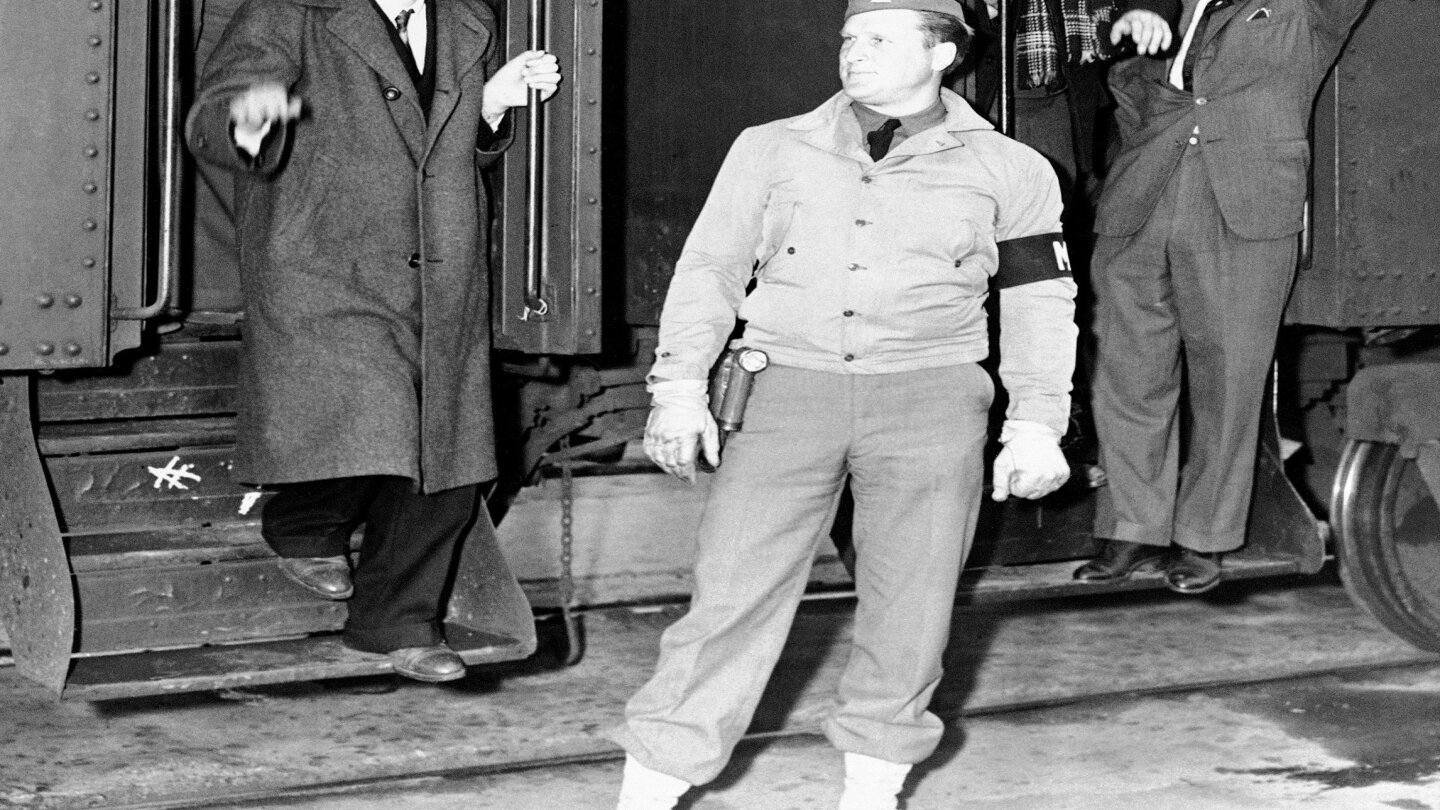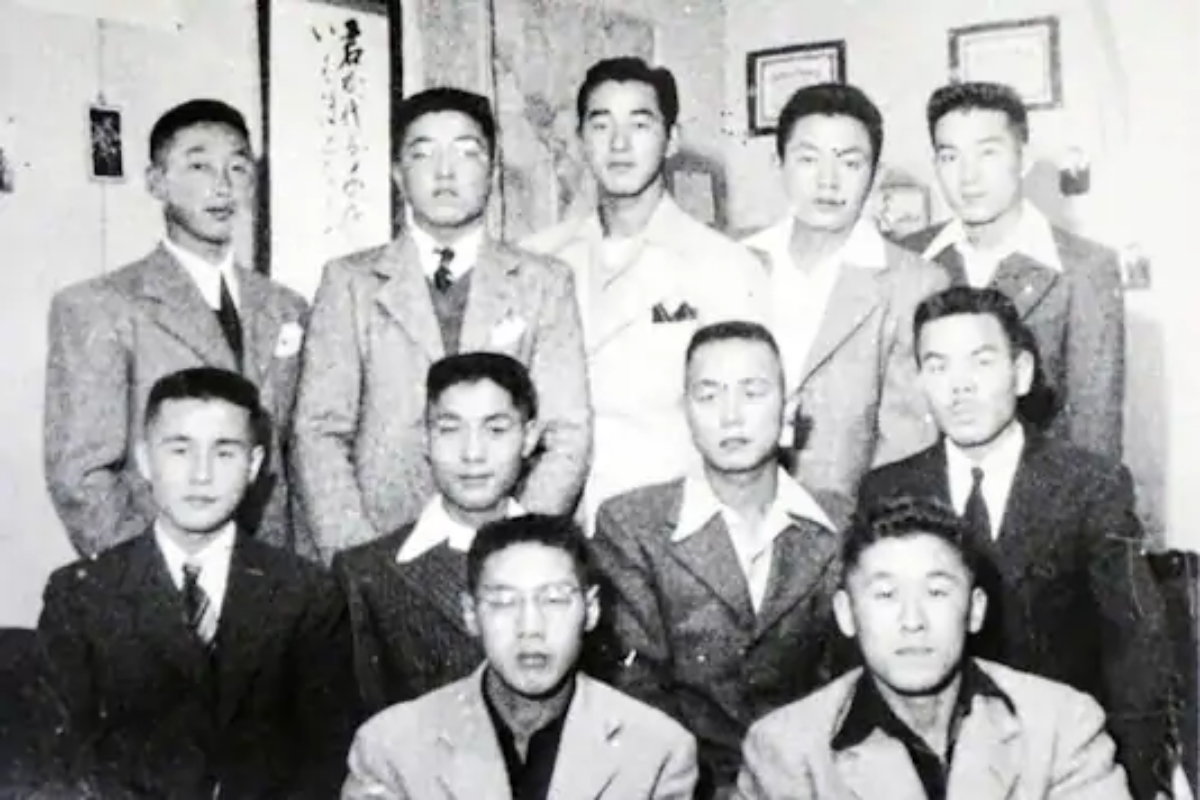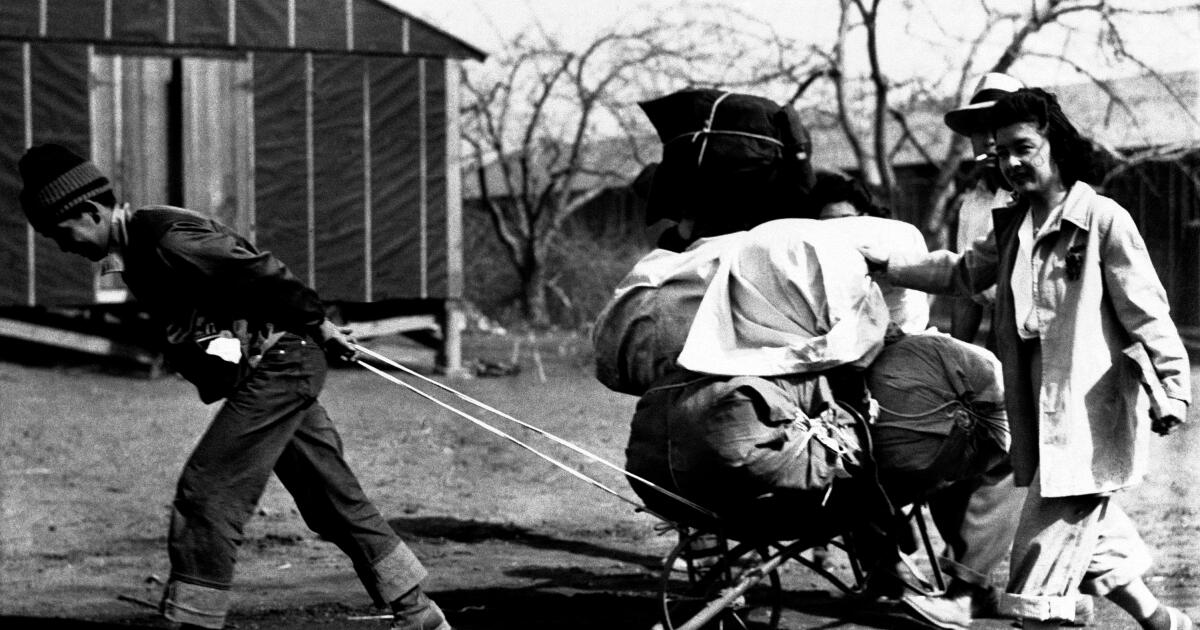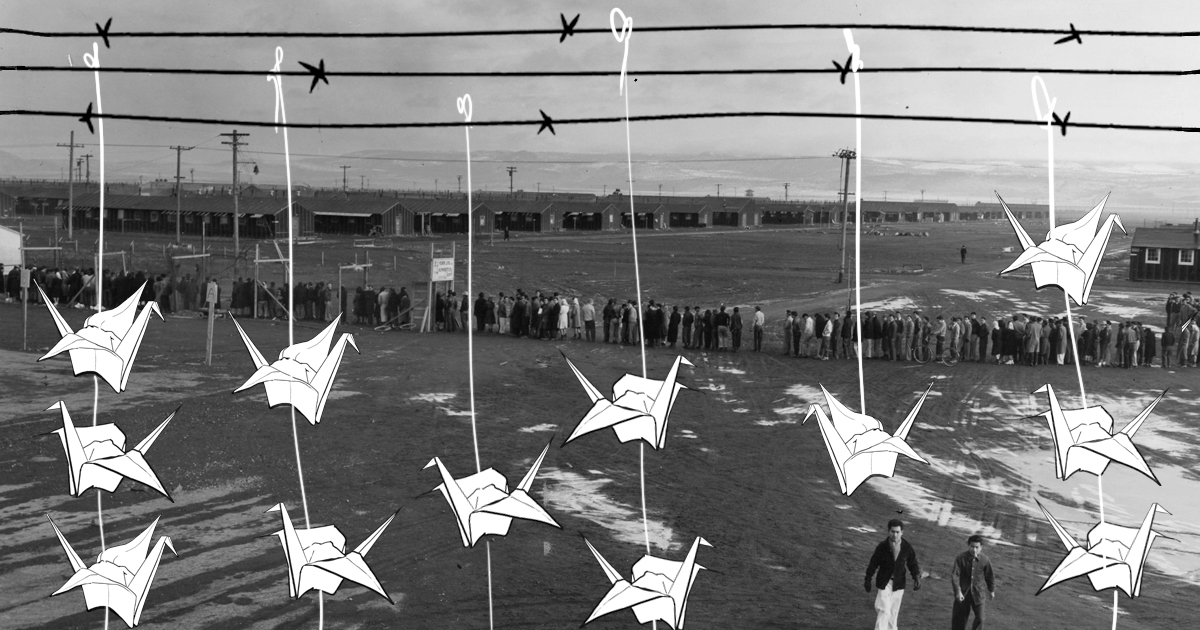
75 years later, Japanese man recalls bitter internment in US
Associated PressTOKYO — When Japan bombed Pearl Harbor in 1941, the first thing Hidekazu Tamura, a Japanese American living in California, thought was, “I’ll be killed at the hands of my fellow Americans.” It wouldn’t be the last time he felt that way. He was sent to Tule Lake, a segregation center for those deemed disloyal, where he joined a group called “Hokoku Seinen Dan,” which means, “Young Men’s Association to Serve the Fatherland.” The group was initially meant to educate and prepare U.S.-born, second-generation Japanese Americans, many of whom had never been to Japan, for an uncertain future, including possible deportation, according to Sachiko Takita-Ishii, professor of Sociology at the Yokohama City University. At a meeting with U.S. officials, Tamura said he was told that the American guards had just returned from war and “hated the Japanese,” and that the safety of group members couldn’t be guaranteed if they continued to march. U.S. administrators at the time called the group “subversive” and “traitors.” Barbara Takei, a board member of the Tule Lake Committee, a non-profit group dedicated to preserving the history of the camp, and an independent researcher and activist, said in an email that such groups “were demonized by the white administrators as disloyal, even subversive, helping to validate the lie of military necessity justified the wartime incarceration.” “If that incarceration had been a little more humane, there probably wouldn’t have been a large number of protests,” said Hiroshi Shimizu, president of the Tule Lake Committee, but there were few other outlets for dissenters.
History of this topic
)
75 Years Later: Japanese Man Recalls Bitter Internment Camps in US During World War II
News 18Discover Related
















